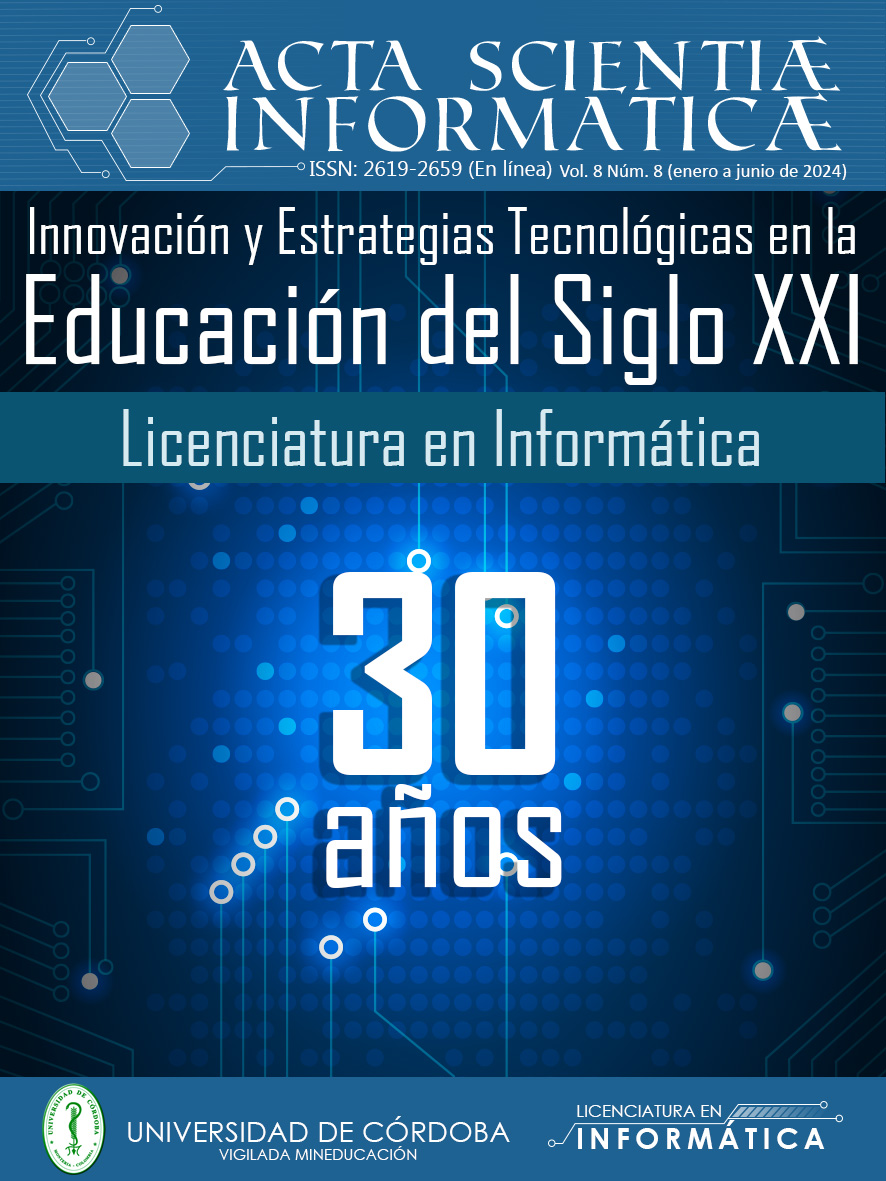USO DE RECURSOS EDUCATIVOS DIGITALES EN EL ÁREA DE CIENCIAS SOCIALES PARA EL FORTALECIMIENTO DE LA COMPETENCIA DE INTERPRETACIÓN Y ANÁLISIS DE PERSPECTIVA DE LOS ESTUDIANTES DE GRADO 10°
USO DE RECURSOS EDUCATIVOS DIGITALES EN EL ÁREA DE CIENCIAS SOCIALES PARA EL FORTALECIMIENTO DE LA COMPETENCIA DE INTERPRETACIÓN Y ANÁLISIS DE PERSPECTIVA DE LOS ESTUDIANTES DE GRADO 10°
Show authors biography
The present research arises from the need to optimize training in social sciences. Observations in classrooms at the Liceo Guillermo Valencia revealed a traditional pedagogical model that does not promote meaningful learning or motivation. In response to this need, the RED (digital educational resource) was created and implemented to strengthen the competence of interpretation and analysis of perspectives. A qualitative approach was used with an action research model, where the application of the RED was evaluated in a group of students from the institution, where the results confirmed that innovation in teaching is fundamental for the development of knowledge in students. The RED was consolidated as an essential tool to strengthen skills and competencies in students, and as an optimal teaching instrument for teachers in any area of study. Furthermore, the implementation of the RED showed the potential of digital educational resources to improve training in social sciences.
Article visits 174 | PDF visits
Downloads
- Vázquez y Manassero (2018). Más allá de la comprensión científica: educación científica para desarrollar el pensamiento
- García, J. y Redondo, R. (2010). de profesor tradicional a profesor innovador. Temas para la educación, N°11, 7, https://www.feandalucia.ccoo.es/docu/p5sd7620.pdf.
- Fulgencio Ortiz (2019). Ventajas del uso de videos educativos como herramienta de enseñanza en nivel de educación básica.
- Elena Carrión Candel (2018). El uso de la Gamificación y los recursos digitales en el aprendizaje de las Ciencias Sociales en la Educación Superior.
- Kui Xie, Gennaro Di Tosto, Sheng-Bo Chen, Vanessa W. Vongkulluksn (2018). A systematic review of design and technology components of educational digital resources.
- Vásquez Pacheco y Caro Santana (2021). Diseño, Producción E Implementación De Recursos Educativos Digitales En Entornos De Formación Virtual
- Moya López, Mónica (2013). «De las TICs a las TACs: la importancia de crear contenidos educativos digitales».
- Aidarbekova, K. A., Abildina, S. K., Odintsova, S. A., Mukhametzhanova, A. O., & Toibazarova, N. A. (2021). Preparing future teachers to use digital educational resources in primary school.


